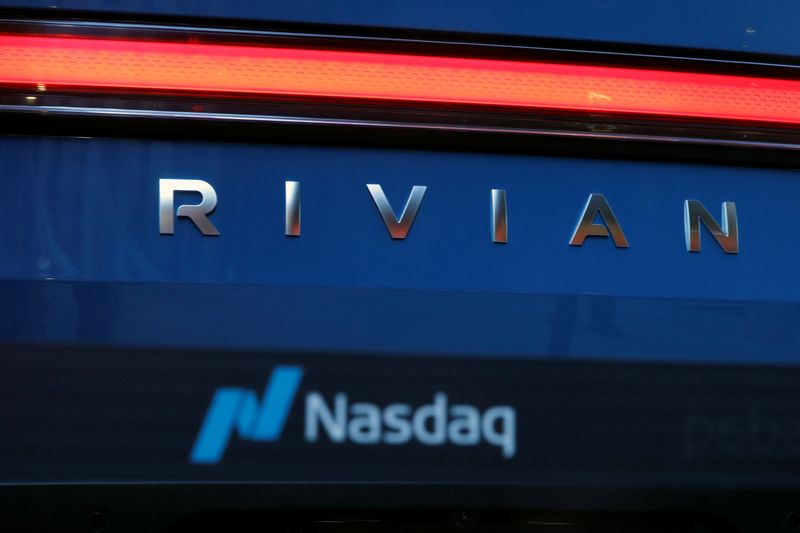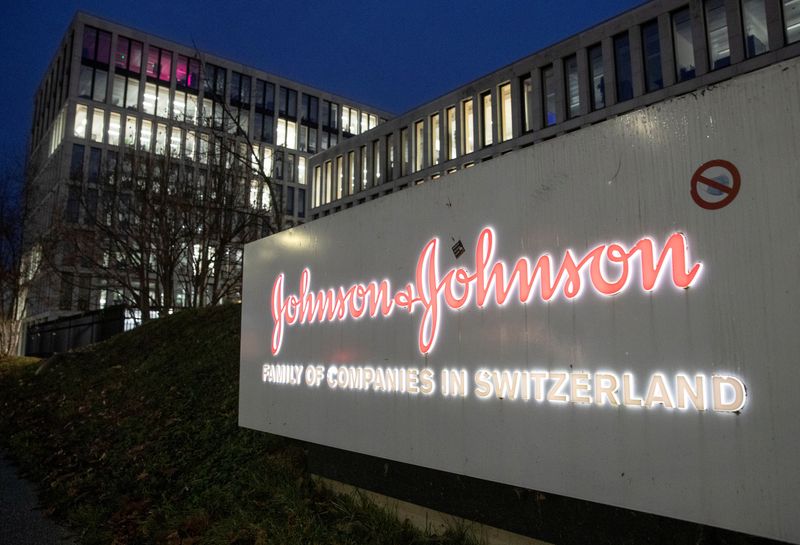Rivian drops after cutting full year production guidance

Investing.com — Rivian (NASDAQ:RIVN) shares dropped more than 6% premarket Friday after the company cut its full-year production forecast and revealed a significant setback in its production plans due to a shortage of a shared component used in both its R1 and RCV platforms.
Rivian revealed it now anticipates full-year production to be between 47,000 and 49,000 vehicles, down from its previous forecast of 57,000 vehicles.
While Rivian managed to produce 13,157 vehicles and deliver 10,018 during the third quarter of 2024, the supply chain issue has escalated in recent weeks, impacting overall output.
Despite the production challenges, Rivian remains optimistic about its delivery outlook for the year. The company reaffirmed its expectation of low single-digit growth in deliveries compared to 2023, which is estimated to be between 50,500 and 52,000 vehicles.
The revised forecast indicates that the company now anticipates producing fewer vehicles than it did last year.
There has been a slowdown in demand for electric vehicles as high interest rates and elevated inflation have prompted consumers to seek more affordable alternatives.
The increasing cost of EV ownership, coupled with economic uncertainty, has caused some potential buyers to reconsider, opting instead for lower-cost options in the current environment.
Morgan Stanley recently revised its outlook on the U.S. auto industry, lowering it from Attractive to In-Line, citing headwinds such as rising inventory levels, affordability concerns, and increasing competitive pressure from China.
As part of its sector review, Morgan Stanley downgraded Rivian from Equal-weight to Underweight, as well as other key automakers. The bank explained that the downgrade reflects its “incorporation of the capital intensity of AV/ADAS, which may be required to fulfill the technological underpinnings that attracted Volkswagen (ETR:VOWG_p) as a JV partner.”
Morgan Stanley also lowered its target for the stock to $13.00 from $16.00 per share.




